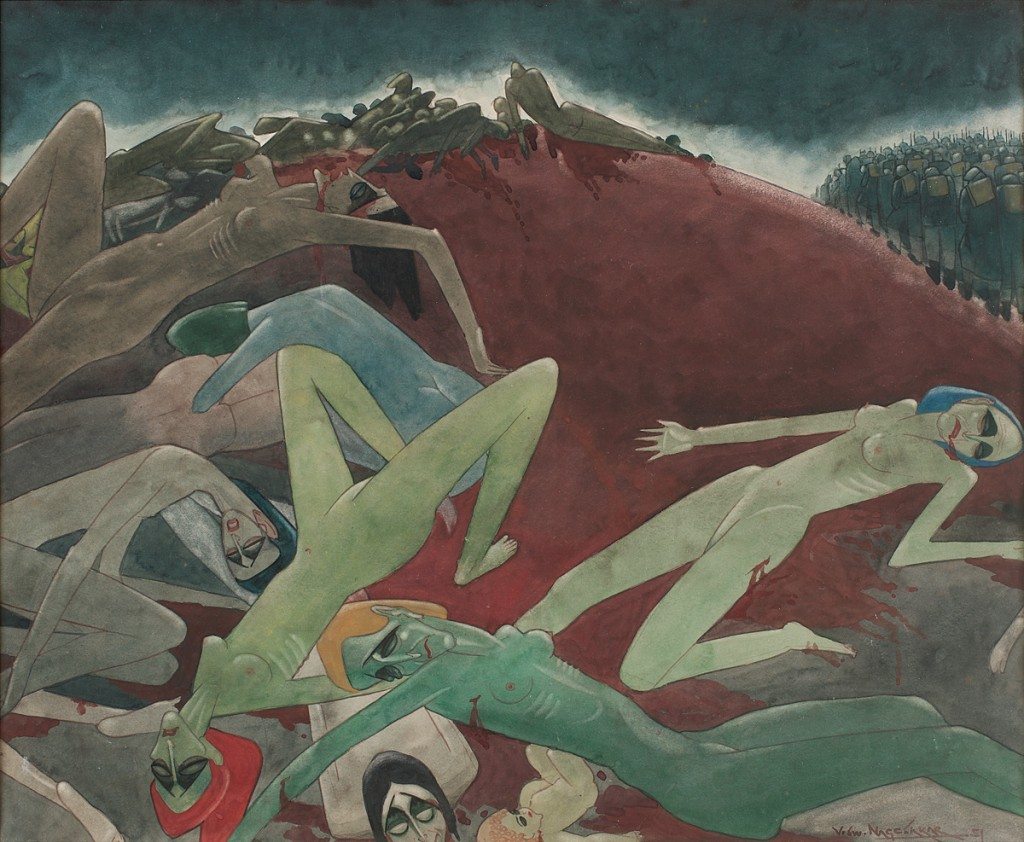
Indian Modern Art: The Naked & the Nude at DAG
Last March there was a lot of excitement when yet another art gallery showcasing Indian art opened in Manhattan. The invitation card said it all – ” Look who’s dropping names in Manhattan!” With a striking image of modern Indian art, the card, announcing the opening of DAG Modern in New York went on to list some of the most iconic names in Indian art from Souza to Ram Kumar to Husain. In fact, this opening show titled ‘Narratives from 20th Century Art’ had over 100 artworks by India’s famous modernists including Souza, Husain, Ram Kumar, G.R. Santosh, Akbar Padamse, Raza and Manjit Bawa.
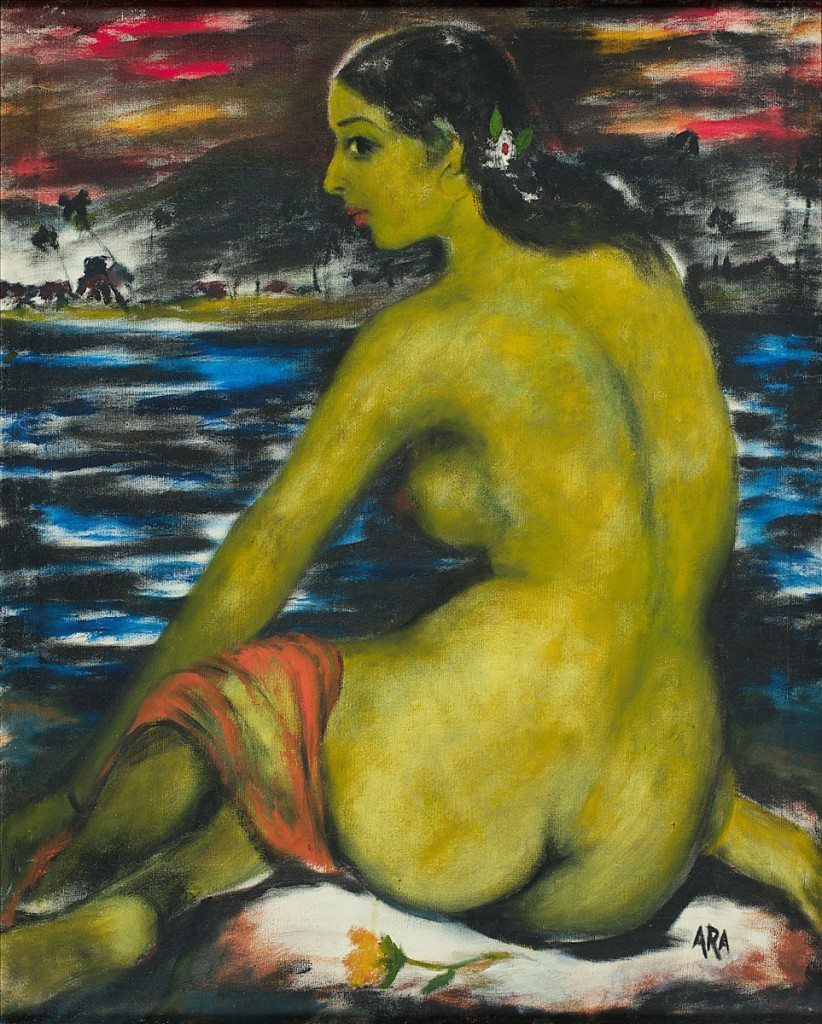
[dropcap]T[/dropcap]he opening night party was like one big carnival with over 500 people in a very festive mood enjoying the tremendous amount of works set like gems in the vast canvas of white walls. Over the succeeding months both Indian and American art lovers have found their way to the gallery to check out Indian modernists in this pristine setting. Indeed, DAG has become a catalyst for community events revolving around Indian modern art.
In pricey Manhattan, where buildings are packed in cheek by jowl, space is at a premium. Yet the DAG at a grand 7000 sq. feet certainly has the luxury of space to showcase these works. It is located in the historical Fuller Building on Madison Avenue, known for its many art galleries. It’s truly a New Delhi to New York saga with one of the oldest and largest art galleries in the Indian capital trying its art fortunes in the volatile New York market where many galleries have come and gone. DAG Modern, (formerly known as the Delhi Art Gallery) has its flagship gallery in Hauz Khas Village in Delhi, and also galleries in Delhi’s DLF Emporio Mall, and in Mumbai’s Kala Ghoda art district.
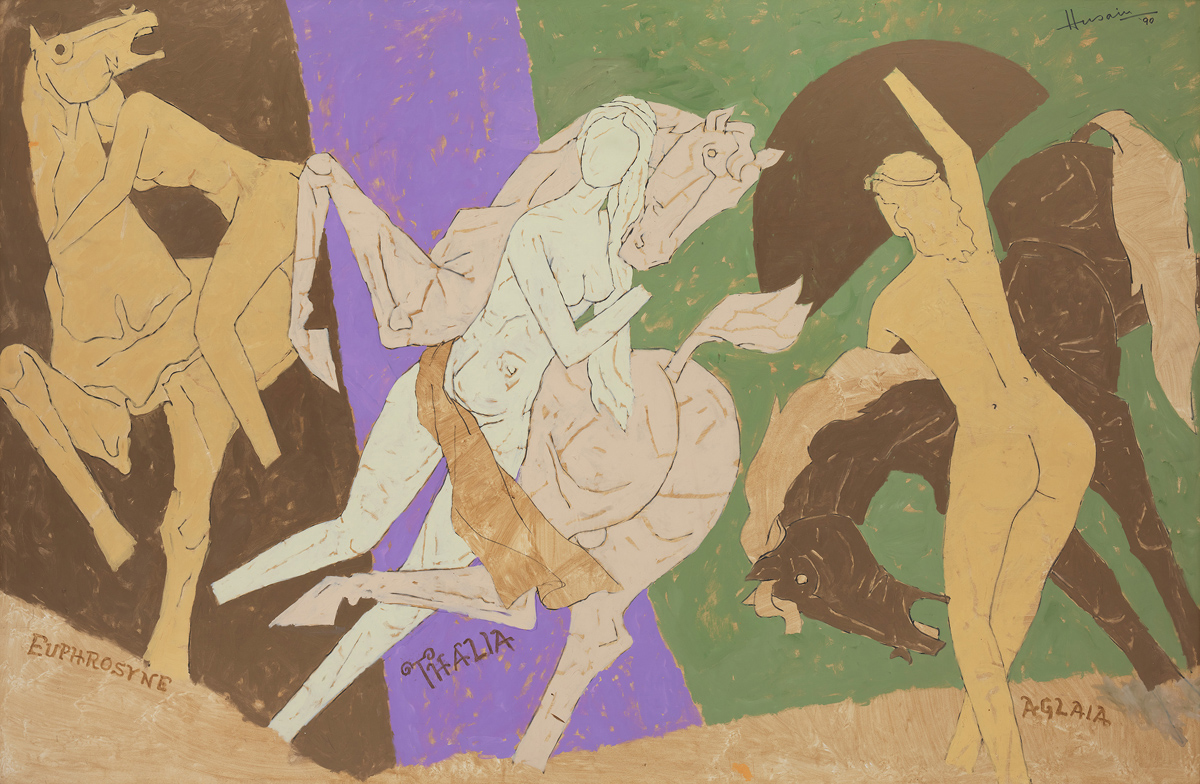
M. F. Husain, Souza & More
DAG Modern is reputed to have possibly the largest inventory of modern Indian art, and with its arsenal of art reserves and strong foundation in India, it seems to be here for the long haul. Six months later the gallery has showcased several artists in a variety of exhibits and drawn a diverse and eclectic crowd of art-collectors, seasoned and newbie, to its doors.
“We are sitting on a huge asset of 39,000 paintings – that’s the largest modern art collection in the world – and New York is the best market,” says Kishore Singh, DAG Modern’s Head of Exhibitions and Publications. “We have a very long time perspective – we want to expose modern Indian art all over the world and are also planning to open galleries in Dubai and London.”
Recent exhibitions in New York have included India Modern – Narratives from 20th Century Indian Art and Humanscapes by Avinash Chandra, and now, the Nudes have come to New York. The Naked & the Nude -the Body in India Modern Art opened in India in 2013 to a lot of demonstrations and protests by the right-wing. One wonders – would it even be shown in today’s India? So catch it while you can!
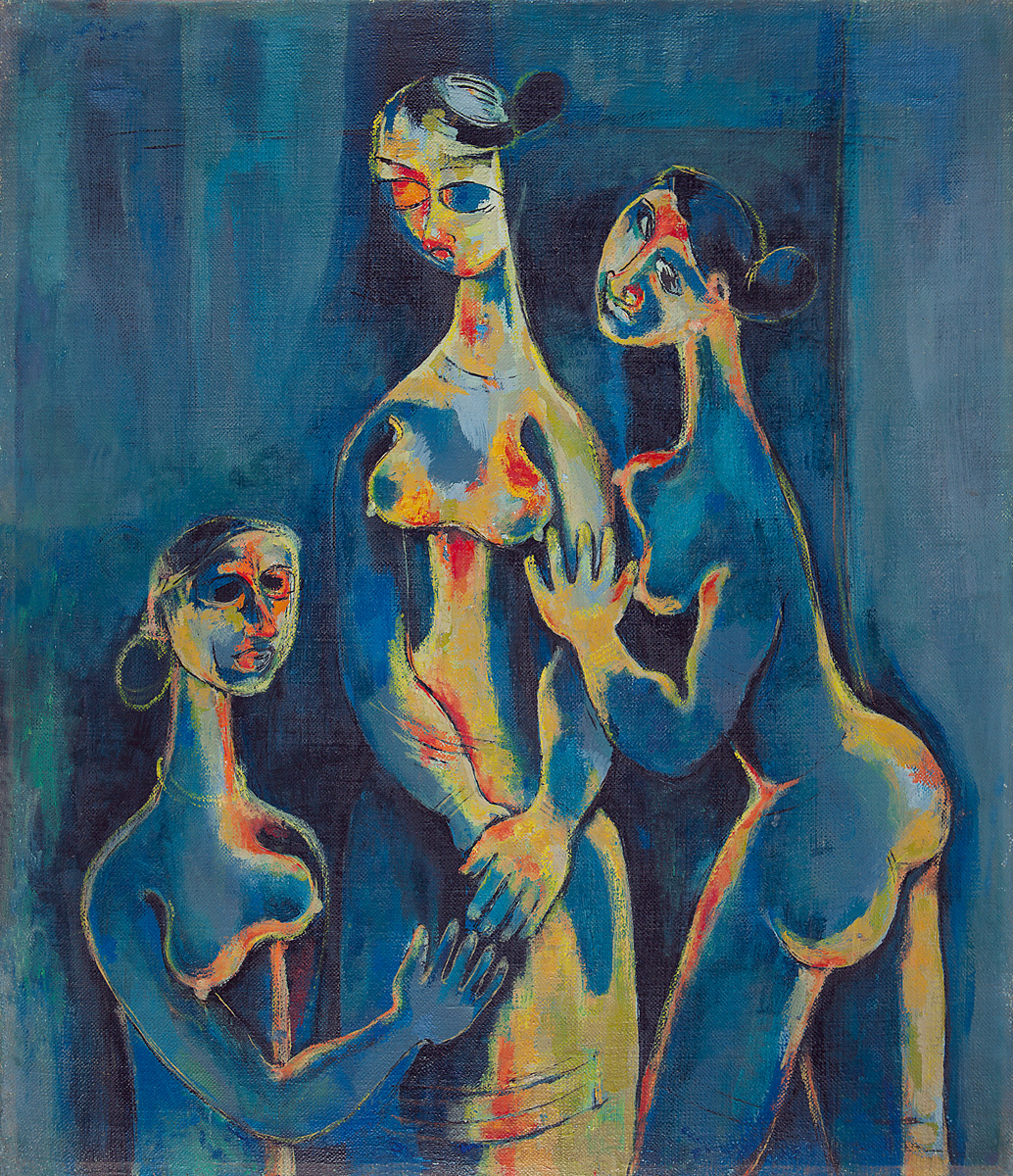
The Nudes Arrive at DAG Modern
You have a great chance to see it at the DAG Modern right from December 7, 2015 to February 27. 2016. The Naked and the Nude – The Body in Indian Modern Art features over 80 artworks from noted artists including F.N.Souza, Laxma Goud, P.T. Reddy, Avinash Chandra, Laxman Pai, and M.F. Husain.
The naked body has been part of Indian art forever, first in the cave paintings at Ajanta and Ellora, and then sculpted into the walls of temples from Khajuraho to Konark. Its sightings in modern Indian art have often been controversial and artists have used it as a metaphor for many emotions.
Vishwanath Nageshkar, for instance, paints a large canvas – a universe of naked bodies – breasts and torsos and limbs to show the utter futility of hatred and violence, with the scattered bodies vulnerable and defenseless. A viewer who saw this at a recent showing whispered to me, “Would you be able to put this on your living room wall?” Indeed, in this painting the naked human form is not seductive or sensual or even erotic – it’s what’s been done to humanity that is the obscenity.
“Nakedness, however, is different from the nude,” writes Kishore Singh, author of the accompanying book of essays and images. “Artists represent the unclothed body to represent that which is real. Victims of violence, hunger and other deprivations are shown in their naked, therefore vulnerable, or abused, state. Here, the intention is not to be voyeuristic but realistic. But many artists also simply use the human figure as part of a larger narrative in which the body, if clothed, would create discourses that could distract from the artist’s intention of merely suggesting a form while building up a tale.”
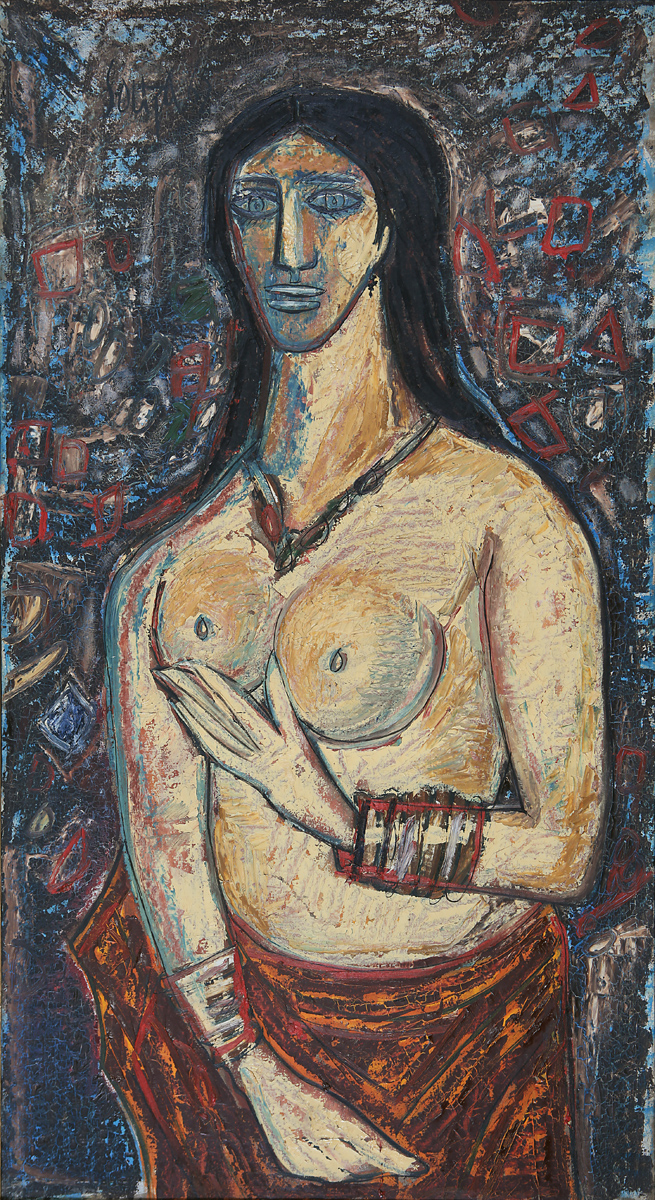
In this exhibition you get to see the unclothed form in all its avatars – sensual, erotic, aged, sorrowing, even in anguish. The nudes takes many forms, with inspiration drawn from the ancient sculptures of Khajuraho and frescoes of Ajanta, bazaar pin-up calendars as well as those done by many artists of nude models in their early years as part of their art school training.
Nowadays the nude as a subject is quite rare in modern art. No longer called the nude but the unclothed body has become a part of the narrative, freeing the artist, since clothing tends to overtake the narrative with its connotations of caste, region and place.
East and West blend in these portraits by a vast variety of artists from Laxma Goud to K.K. Hebbar and Gopal Ghose. The publication accompanying the exhibition contains over 250 artworks – a virtual history of the nude in Indian modern art, and essays which lay out the history of the body in modern Indian art.
Surprisingly there’s even a spiritual element to the naked or nude body: Untitled (Ceremony) by Bikash Bhattacharya shows the face with a golden glow which has a peaceful Zen shading to it and the sexless body is merely a vessel, almost an empty container.
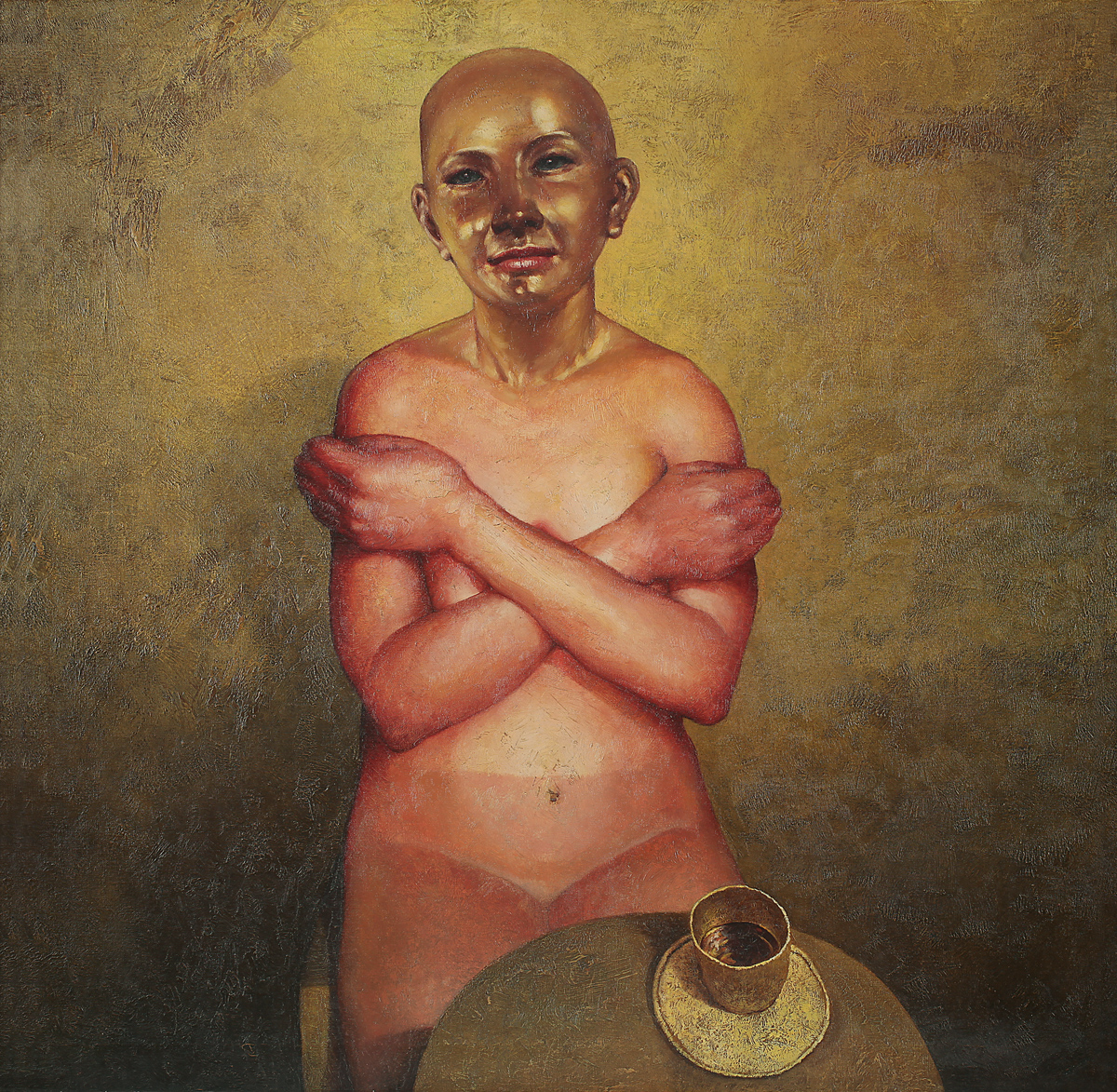
“The range of expressions seem to reflect the various rasas or mood of traditional Indian thought–from the joyful, sorrowing, reflective and exultant to the repellent– proving the extraordinary draw the human body has always been to the visual artist,” writes Singh. “The works are presented within the categories of the academic study, the sensual and the erotic, the body in narrative, in anguish and of fantasy, and the abstracted and ritual body– to understand the wide range of how the naked body has been seen and rendered in art.”
As for those looking for tips on how to get more knowledgeable about Indian modern art, Singh says, “You have to see art – go to gallery openings, read up on art and as an early step, do not buy expensive art or buy under peer pressure. Buy what excites you. More than that, how can you go wrong with art? It’s so primal in all of us to see the beauty of the art.”
More details at www.dagmodern.com,
Facebook (facebook.com/dagmodern). Instagram (instagram.com/dag_modern) and Twitter (twitter.com/dagmodern)

1 Comment
Via Facebook
Priya Vishnu Mahtani – Stunning and beautiful. Nothing more magnificent than God’s creation of wo-man